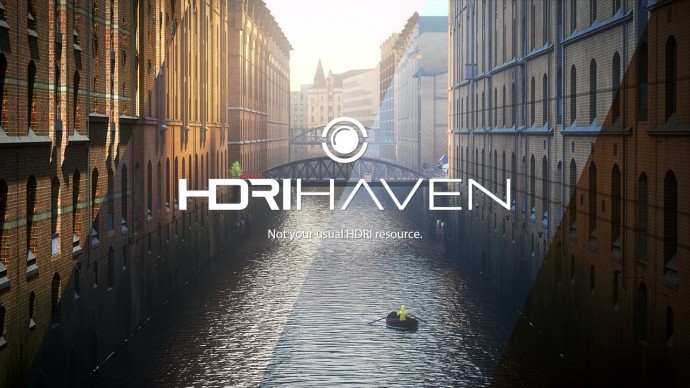I said I’d be back :)
Again, a bit delayed posting this due to an awesome trip to Italy after the conference to shoot HDRIs.
Consider these all CC0.
Continue…
I said I’d be back :)
Again, a bit delayed posting this due to an awesome trip to Italy after the conference to shoot HDRIs.
Consider these all CC0.
This year was my first Blender Conference, and I can certainly say that I’ll be back again next year.
The conference was a few weekends ago, but I’ve only just returned from a bit of an extended holiday/HDRI shooting trip in Northern Germany that I patched onto the end of the conference.
So without further ado, here’s a bunch of pics I took at the conference, starting with some of my favourites :)

Last week I went down to Cape Town with Rico Cilliers to shoot some HDRIs. What started as an idea for a tiny charity bundle turned into a week-long trip which left me with 30 new potential HDRIs and a respect for wobbly rocks on the beach.
Update: Things have changed – HDRI Haven is now free for everyone.
So last Tuesday HDRI Haven launched :) Grab yourself a bowl of popcorn and a glass of whiskey because it’s story time!

I’ve been shooting HDRIs for a couple of years now and they’ve slowly started to take over this site a little bit. So sometime early last year I decided I needed to make a proper home for them, a dedicated site that contains only HDRIs.
A new type of pixel filter called “Blackman-Harris” has been added to Cycles by Lukas Stockner to compliment the existing Gaussian and Box filters.
From the commit:
This commit adds the Blackman-Harris windows function as a pixel filter to Cycles. On some cases, such as wireframes or high-frequency textures, Blackman-Harris can give subtle but noticable improvements over the Gaussian window.
See also: The initial patch with some discussions.
What is a pixel filter you ask? As I understand it, it’s basically the function used to apply anti-aliasing in your render. Different filters use slightly different math and methods to calculate how each pixel appears relative to its neighboring pixels, which makes edges look smoother.
The difference between the three types is most noticable on thin details like wires:
Some of you might have noticed that I’ve been working for Blender Guru for the last few months. It started back in February when Andrew asked me to write a single article for him, and soon became a more permanent job. My task was to produce articles and short tutorials for the site, including management of other contributors.
Now I realize that for most beginners, and probably some of the more professional Blender artists too, working for the Andrew Price sounds like the perfect dream job. You get to stay at home all day and make awesome crap with an audience of thousands of people, right?
Perhaps… but it’s not for me.
It’s taken me 6 months to realize this, but I’ll never be satisfied working full-time for someone else. At least not permanently.
My freedom and independence is important to me, so rather than devote a good portion of my youth to a job that I don’t truly enjoy, I’ve resigned from Blender Guru.
But… what now?